Article: Ayurvedic Hair Care
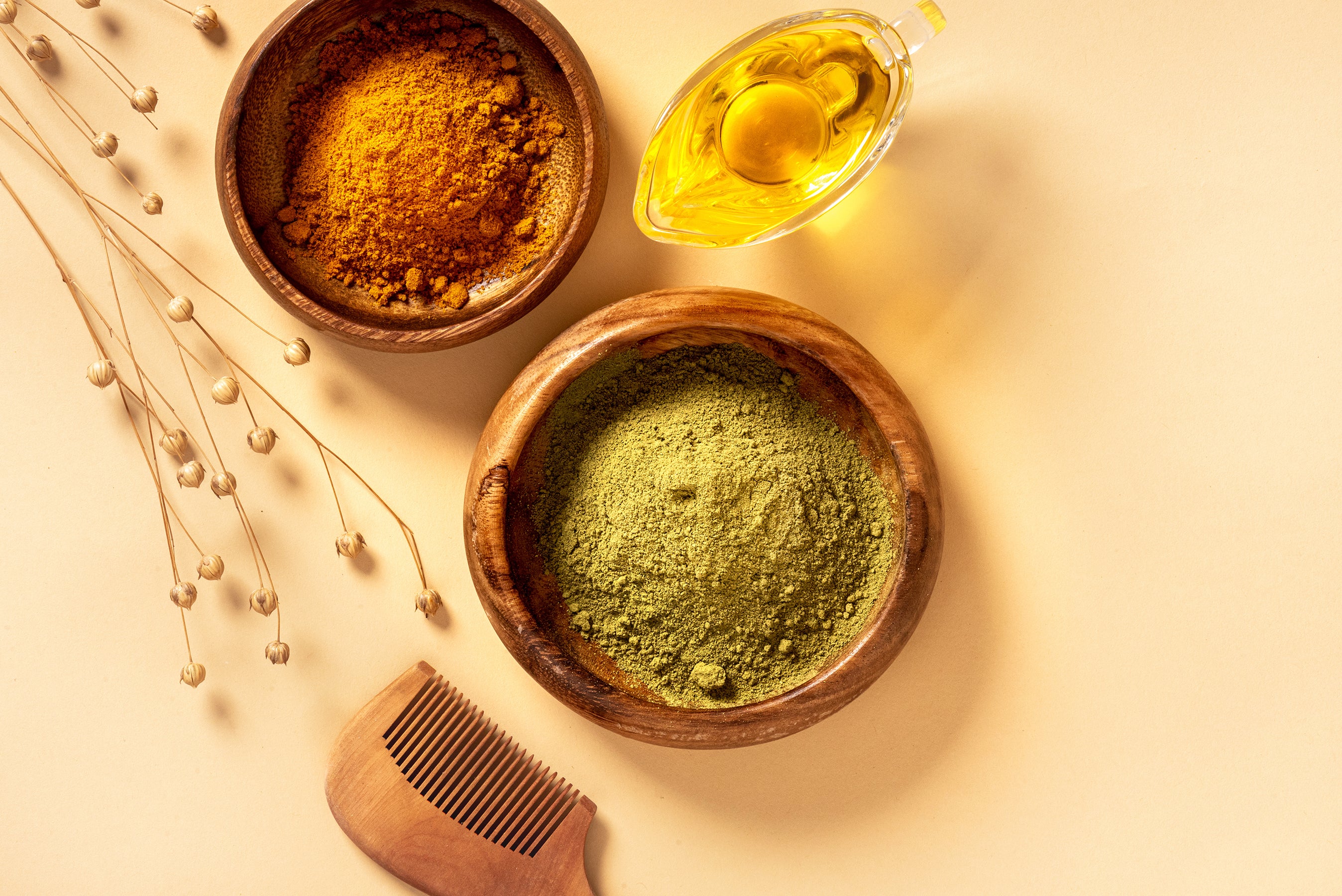
Ayurvedic Hair Care
Ayurveda is a way of life that aligns our biological rhythms with the rhythms of nature, allowing us to remain balanced and spirited. This is achieved by following a plan that is tailored to your specific prakriti and hair type, and by keeping your dosha in check and balanced, you can achieve great hair health.
Do the dosha test to find out your hair type.
The three vital energies, Vata, Pitta, and Kapha, according to Ayurveda, regulate our body activity. Each person is made up of a mixture of several doshas, with one or two dominating. Your hair type and health are determined by this. Click here to discover your dosha!

The Dosha Vata hair type
The hair of a common vata type is fine, straight, and has a higher porosity. It is typical to have dry hair with fine density, which can sometimes be slightly coarse and wavy. Excessive dryness, flaky dandruff, frizzy and brittle hair are all symptoms of a Dosha Vata imbalance. Hair loss and split ends are other possible side effects.
Vata is a cold and dry dosha, so it is recommended to keep it warm, stable, and nourished with foods such as nuts and seeds with a fairly heavy texture and good fats (such as Omega 3 fatty acids). Choose foods with salty, acidic, and sweet flavors, as well as foods that are relaxing and satisfying.
Plants and Herbs to Balance Vata Dosha
Warming, grounding, and nourishing plants that aid digestion and calm anxious minds, such as ginger, fennel seeds, chamomile, ashwagandha, kapikacchu, giloy, dashamula, cardamom, gokshura, brahmi/gotu kola, cinnamon, shankhapushpi, triphala, haritaki, and chyawanprash

The Pitta Dosha (hair type)
Pitta hair is typically straight, average in thickness and density, average in strength, and average in length. Excessive heat in hair follicles is often caused by aggravated pitta, which can be alarming. Pitta imbalance can lead to thinning hair and early aging, as well as clogged follicles where bacteria build up, inflammation, redness, and hair loss on the scalp.
Those with a high level of pitta should avoid spicy and astringent foods and seek alkaline foods that cool and calm the digestive fire.
Plants and Herbs to Balance Pitta Dosha
Turmeric, shatavari, mint, bacopa, chamomile, giloy, bhringraj, cardamom, brahmi, cinnamon, triphala, and chyawanprash are all refreshing and calming plants and herbs.

The Dosha Kapha Hair Type
A Kapha person's hair is thick, curly, shiny, moisturized, and strong. An imbalance in the Kapha Dosha can cause excessive secretion of oil, which can block the follicles of your scalp, resulting in wet, sticky flakes. In other words, any imbalance in Kapha causes excessive sebum production on your scalp, which can lead to oily dandruff, oily scalp, itching, hair loss, and other problems.
The Kapha Dosha should eat warm, light foods prepared with dry cooking methods such as baking, grilling, sautéing, and so on.
Dosha Kapha: Herbs and Plants to Balance Dosha
Plants that promote detoxification and renewal, such as turmeric, shatavari, black pepper, ashwagandha, giloy, ginger, brahmi, cinnamon, triphala, and chyawanprash.

Oil your hair regularly
Your scalp, according to Ayurveda, is made up of a series of "Marmas," or energy-relieving points. By putting oil on your scalp and hair, you can get rid of any extra or irritated doshas that have built up on your head because of the Marmas.
Frequent scalp and hair massage with ayurvedic oils specific to each dosha, in addition to rejuvenation, promotes healthy, strong, and shiny hair growth through the nourishing, root-strengthening, and conditioning qualities of the herbs.
Ayurveda recommends that your hair be oiled 2-3 times a week. You can also adjust your oiling frequency based on your hair type. The Kapha hair type requires less oiling, while the Vata hair type requires more oiling than the Pitta and Kapha hair types.
Oiling your hair at least 20 minutes before washing it is a traditional Ayurvedic practice. Massage your scalp and hair with warm oil at night and wash your hair the next day for greater effects. This is a fantastic natural conditioning treatment for your hair and scalp.
An Ayurvedic technique to oil your hair
- Apply warm oil to your hair and scalp.
- For about 15 minutes, use your fingertips to massage your entire scalp in circular motions.
- Now, gently massage some oil into your hair from the roots to the ends.
- When you massage your scalp in circles, you increase blood flow and help oil get into the deep layers of your scalp.
- You can also massage your scalp and hair with coconut oil, sesame oil, sweet almond oil, olive oil, and other oils on a regular basis.
Wash your hair regularly.
Your hair follicles are blocked by a buildup of oil, dirt, and sweat that you don't want. You should use Ayurvedic shampoos to clean your hair regularly.
You can wash your hair with natural herbs like Reetha (soapnut), Shikakai (soap pod), Hibiscus flowers, Triphala powder, and others. You can also use Ayurvedic shampoos with herbs that are right for your dosha imbalances.
Ayurveda says that you should wash your hair two or three times a week with normal or warm water and a gentle massage.
Hair masks should be used regularly to condition your hair
Hair masks, also known as "shiro lepa" in the Ayurvedic language, are one of the most effective ways to nourish and repair your scalp and hair. Ayurveda says that you should use a hair mask once or twice a week to keep your scalp and hair healthy and to stop hair loss caused by things like stress and anxiety.
To make your nutrient-rich hair masks, you can use ayurvedic herbs in powder form such as Amla, Henna, Cassia, Tulsi, Giloy, Triphala, Manjistha, Shikakai, Neem, Brahmi, and Fenugreek, as well as solvents such as egg white, aloe vera gel, and so on. Apply the mask from the roots to the ends of your hair and leave it on for 30–40 minutes before rinsing it out.
Combing Techniques
Combing is one of the most effective methods for increasing blood circulation to your scalp. It helps to detangle your hair and evenly disperse the scalp's natural oils over your hair strands. But vigorously combing your hair can damage it by stretching it, which can cause hair to break and split ends.
Ayurveda says to use a comb or brush with wooden teeth to gently comb your hair once or twice. Also, to prevent dirt build-up, wash your comb regularly and do not share it with others. If you have dandruff, a neem wood comb is ideal.
Get a regular haircut
Split hair with split ends gives the hair ends a thin, rough appearance. You can avoid this by cutting the split ends regularly. Cut your hair every 8–12 weeks to ensure that the split ends are eliminated.
Avoid the use of chemicals
The harsh chemicals in hair products can alter the pH of your scalp while stripping it of its natural oils and protein layers. Use Ayurvedic products with natural herbal ingredients to get healthy hair without putting yourself in unnecessary danger.
Heat styling should be avoided
Heat styling appliances such as hair dryers, straighteners, curling irons, and other similar tools dehydrate your hair over time, which can cause great damage. It causes dryness, breakage, split ends, and hair loss by increasing the Vata dosha. After washing your hair, it is best to let it air dry.
Protect your hair from the elements
By interfering with the natural oils in your scalp, pollutants and UV rays damage your hair follicles. They also dry and dull your hair. Also, drinking and smoking too much can make your problem worse and cause you to lose a lot of hair.
Wear a cap or scarf to protect your hair when going out or swimming in chlorinated water. To improve the health of your hair, avoid smoking and drinking alcohol.
Ayurveda recommends applying oil to your hair before going out into the sun, as it acts as a protective barrier for your scalp and hair tissues.
In addition to temporary physical adhesion, air pollutants absorbed by your hair can cause irreversible chemical damage. In addition, cigarette smoke contains all the major air pollutants, which are 150 times more potent than air pollution.

Balanced Diet
A well-balanced nutritional diet is one of the most important factors in keeping your doshas under control and your hair in good health. In addition to choosing foods based on your Prakriti, make sure they contain essential nutrients for your hair growth like vitamins A, B, C, D, E, and K, as well as minerals like iron, zinc, and so on.
According to Ayurveda, Pitta (digestive fire)-improving herbs like methi (fenugreek), jeera (cumin), Haridra (turmeric), dhania (coriander), and maricha (black pepper) should also be included in your normal diet, according to Ayurveda. Triphala Churna, hingu (asafoetida), and seasonal fruits (especially citrus) will help your digestion and immunity no matter how old you are or what type of dosha you have.
Ayurvedic Meal Recommendations
- Have your food in a quiet, calm area with adequate ventilation.
- When you are eating, do nothing but eat. Do not talk or watch television while eating.
- Concentrate on your food with a calm and serene mind, and chew it as thoroughly as possible before swallowing.
Regular exercise is essential
Toxins (ama) must be eliminated from your body for healthy hair growth, according to Ayurveda. Regular exercise is essential for sweating out the toxins in your body. Sweating from the tissues of the scalp helps to clear the hair follicles.
Exercise also improves blood flow, which helps your scalp tissues get more nutrients and oxygen. Ayurveda recommends yoga, meditation, and pranayama as ways to keep your body, mind, and spirit in balance.
For healthy hair and a healthy body, consider moderate-to-high-intensity aerobic exercise such as cycling, Zumba dancing, running, or brisk walking.
Ayurvedic Treatments
Ayurvedic science operates on the premise of detoxifying, rejuvenating, and balancing your body's energies.
In addition to daily hair care practises at home, you can make an appointment once a month for Ayurvedic therapies like Panchakarma, which includes deep purification and nourishment practises like Nasya, Basti, Shirodhara, Shiro Abhyanga, Shiro lepa, and so on.
In addition to cleaning your blood, balancing your doshas, and encouraging healthy hair growth, these therapies make your mind and body feel calm and at ease.
Ayurvedic Hair Care Routine (Daily, Weekly, and Monthly):
Daily
- Gently comb your hair twice.
- 30 minutes of exercise
- Consume a healthy diet rich in hair growth-promoting foods.
- Sleep for a minimum of 6 hours.
Weekly
- The warm oils should be massaged into the scalp and hair two or three times.
- Wash the hair two or three times with a mild shampoo.
Monthly
- Apply the hair mask two or three times.
- Once, undergo Ayurvedic therapy.
- Every 2-3 months, trim your hair.
Keep in mind that the information on www.arogya.earth/en is not intended to cure or prevent any disease or medical condition, and is not intended to be a substitute for other therapies or medical advice.
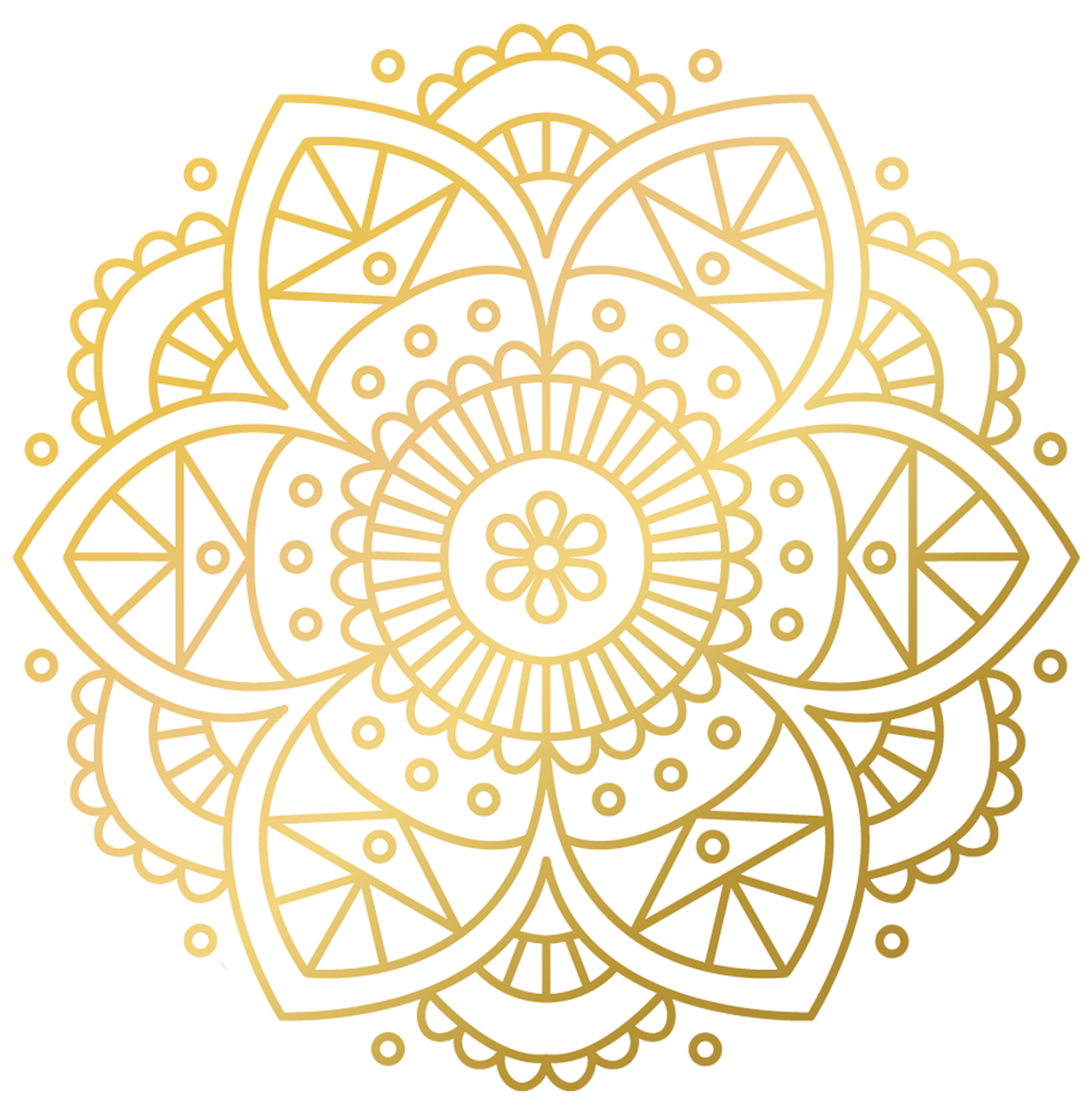


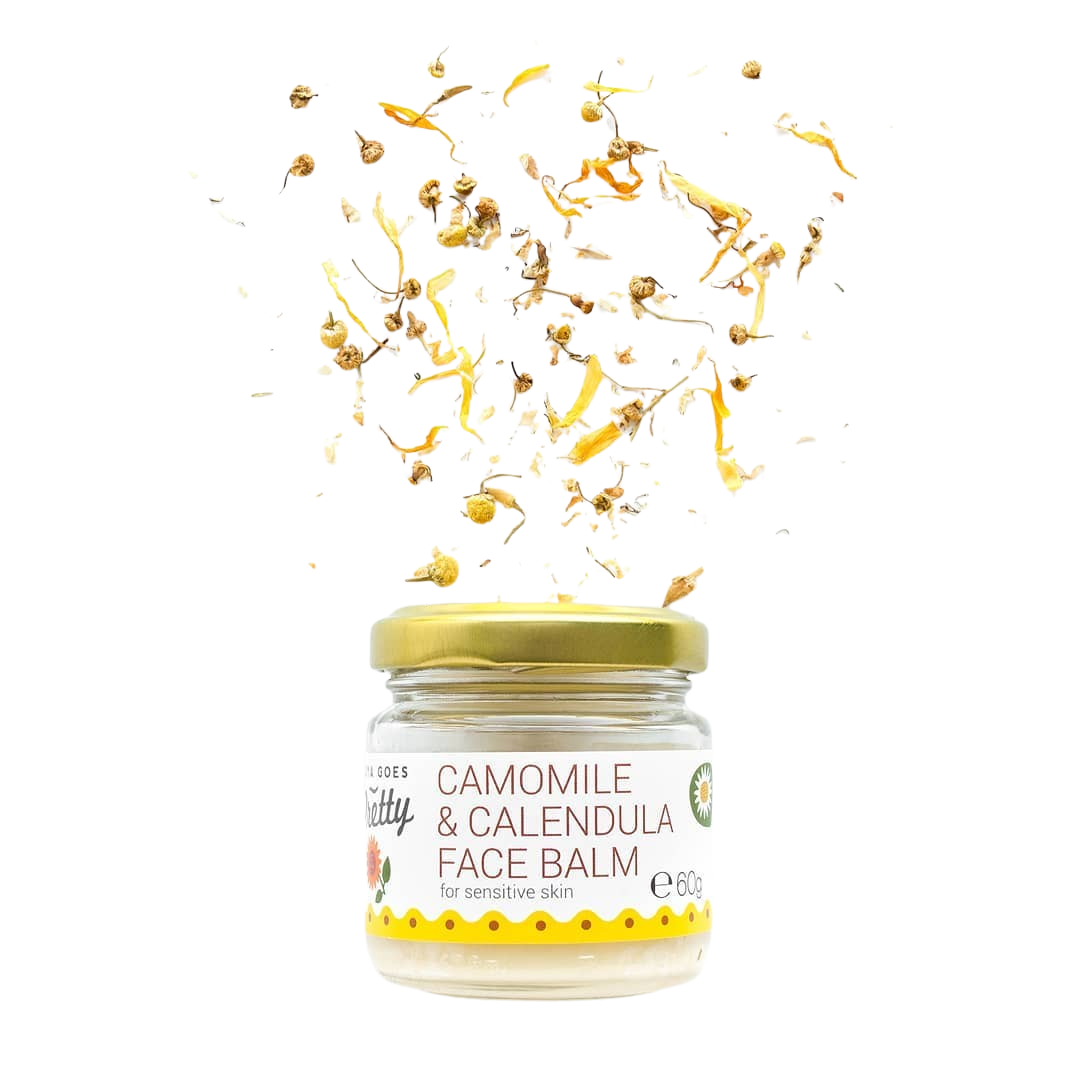
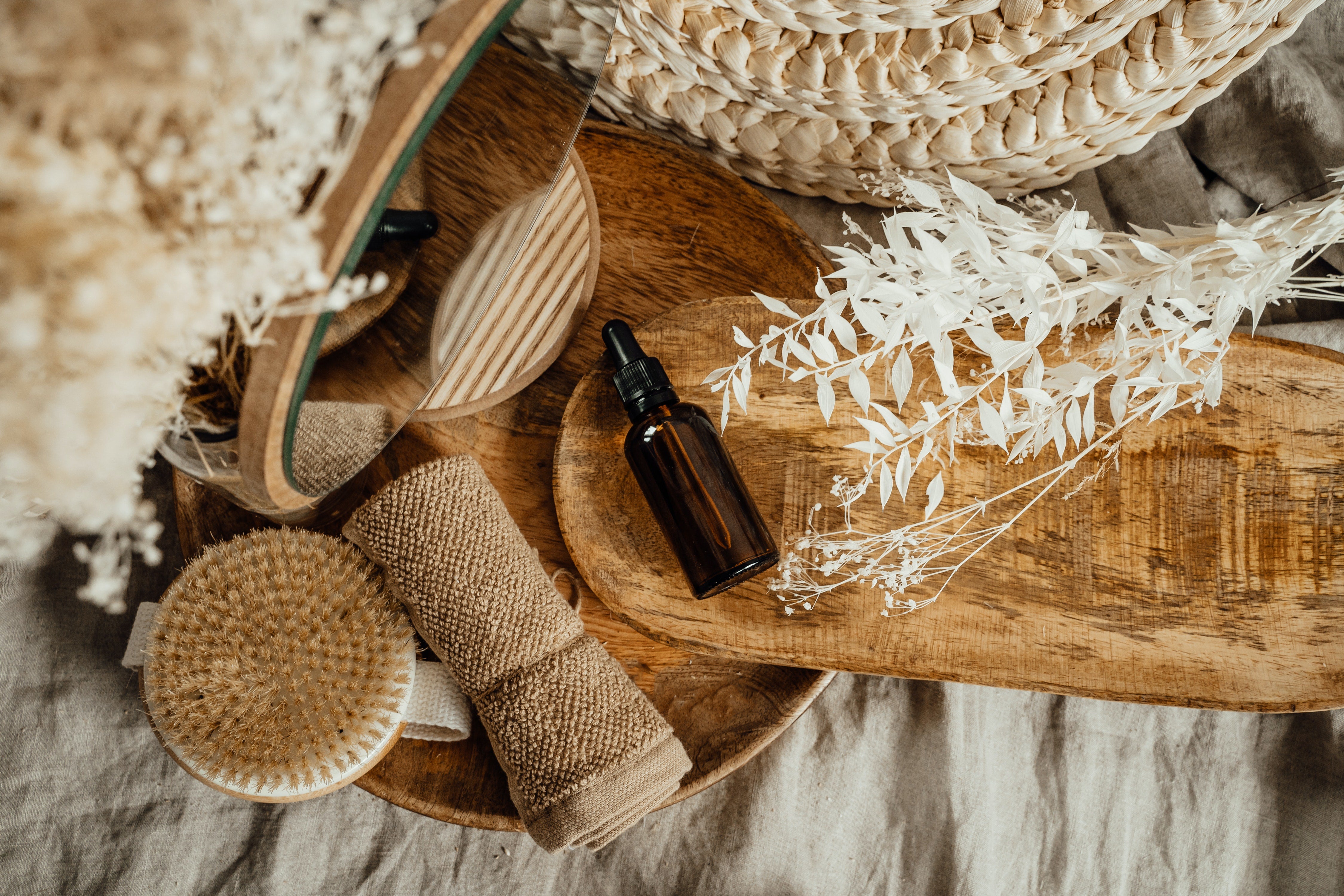
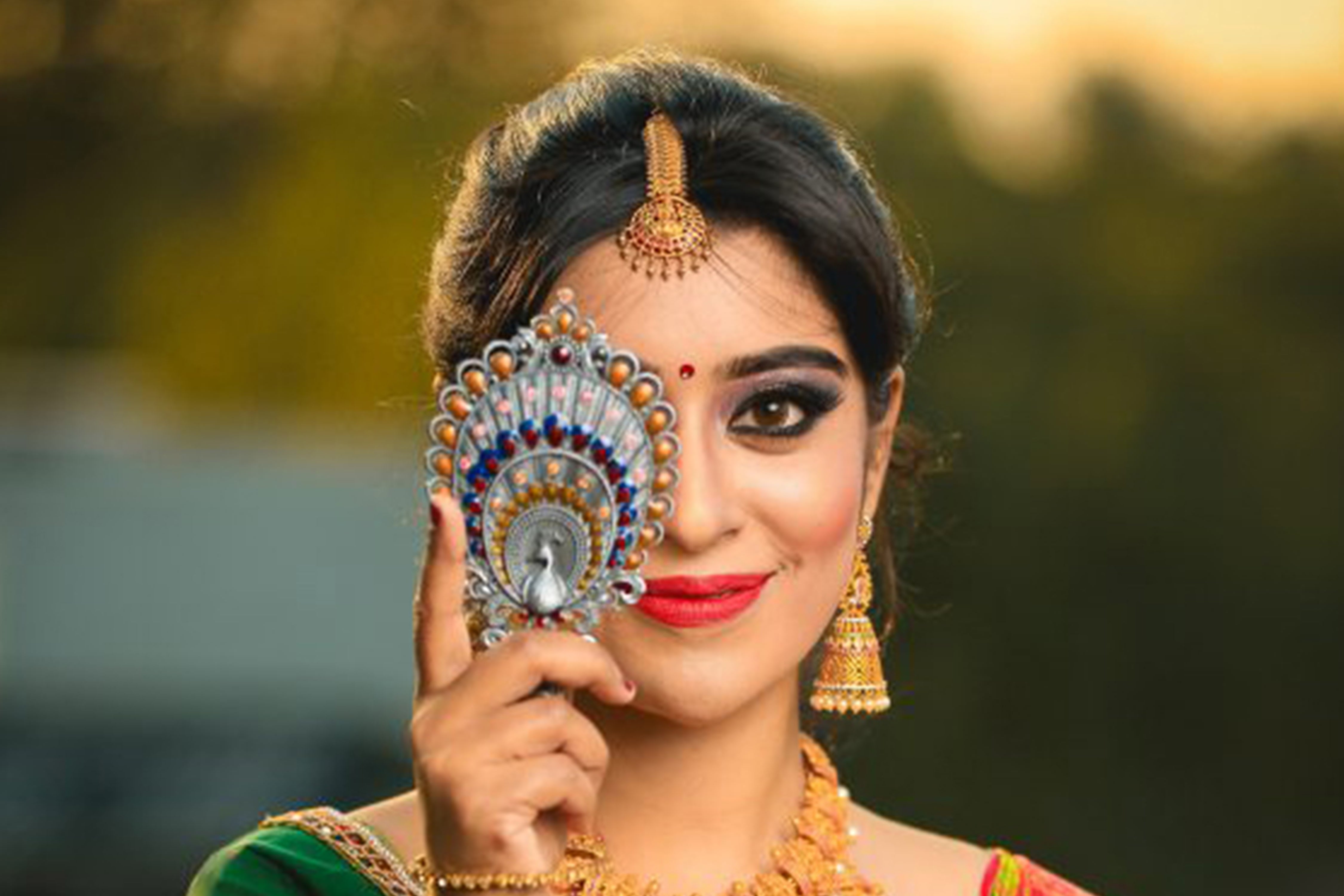
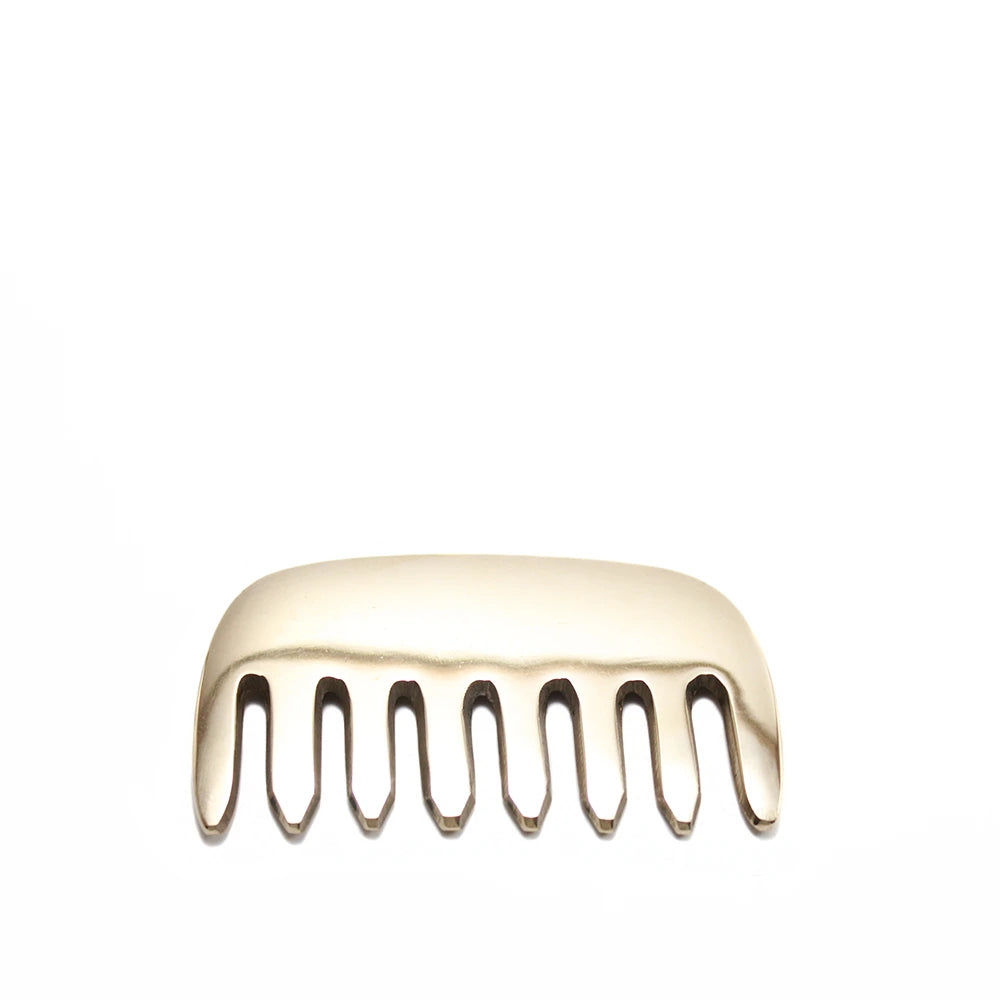
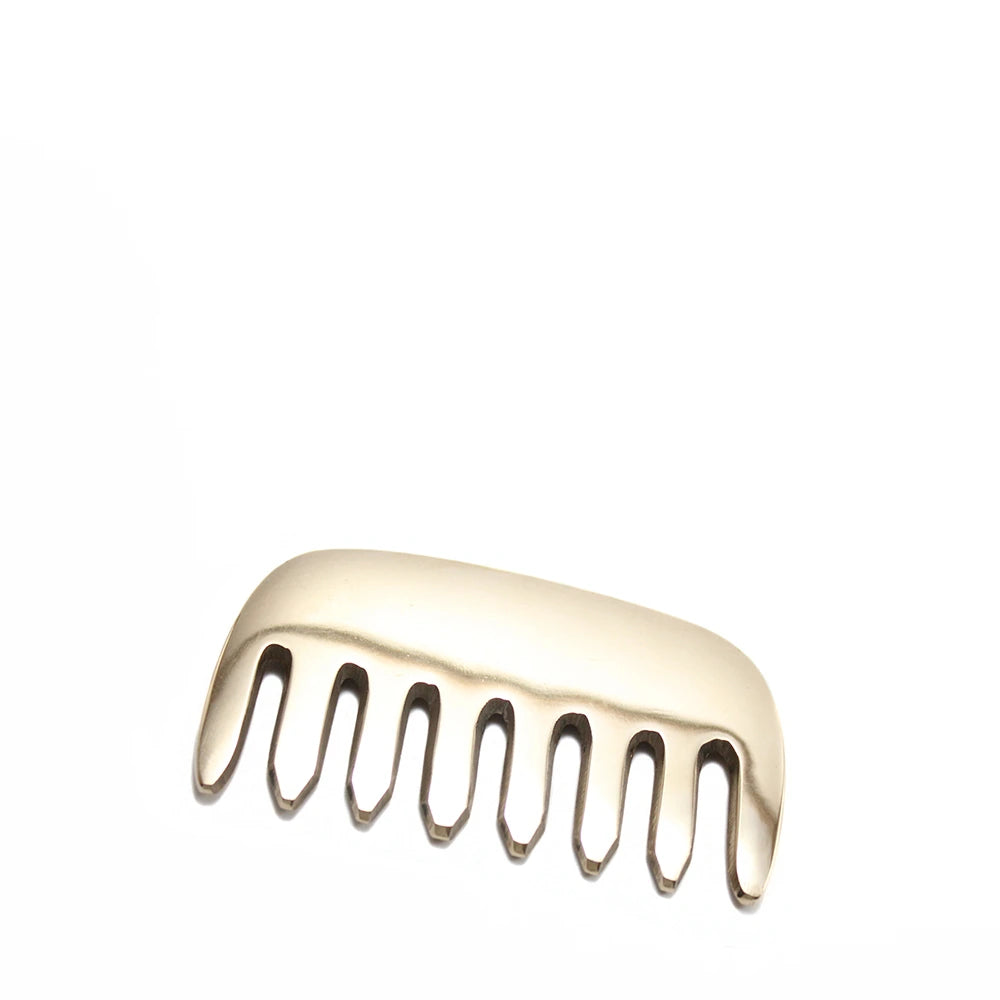
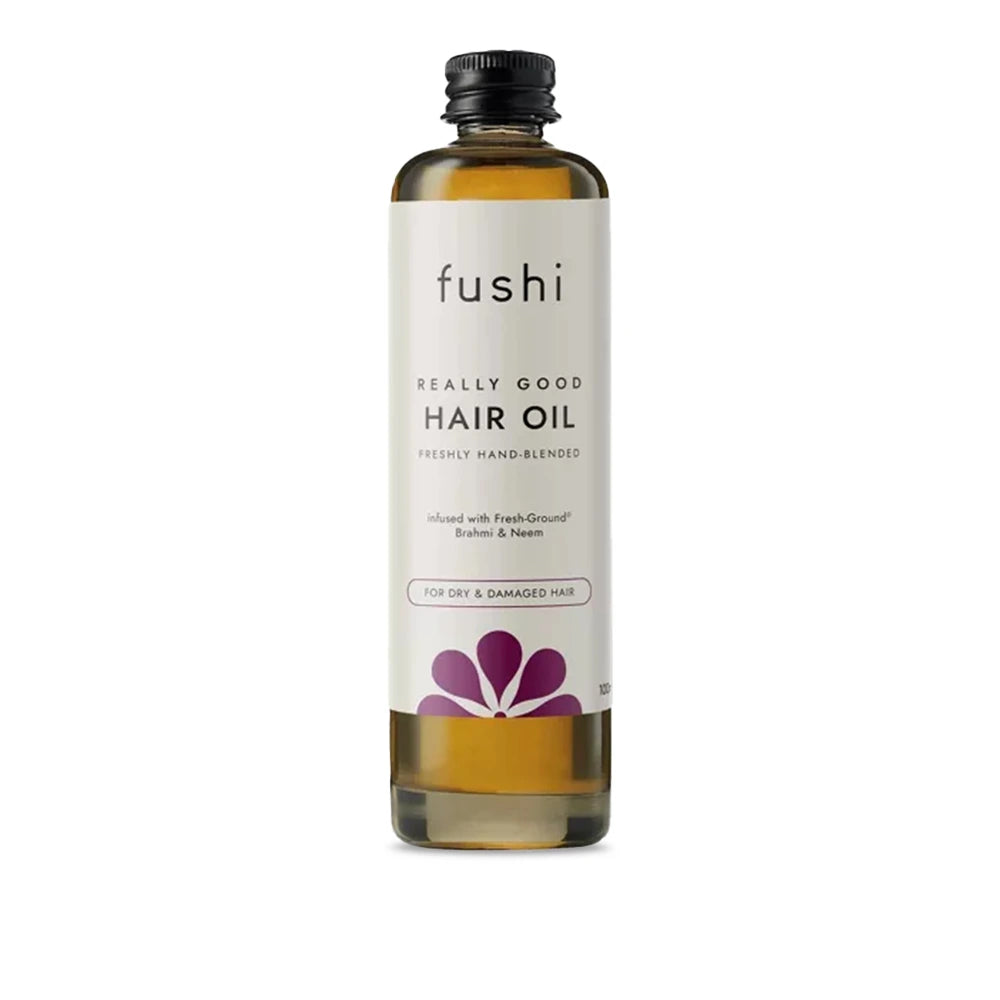
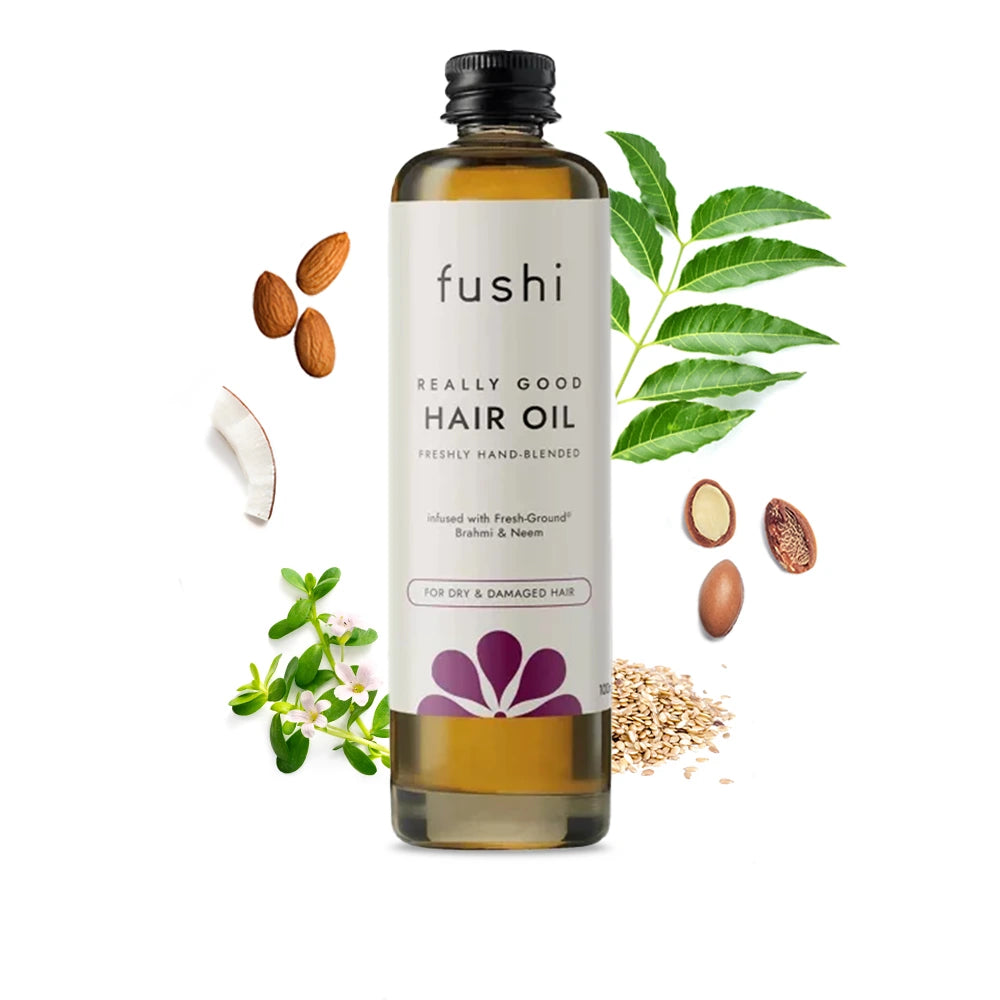
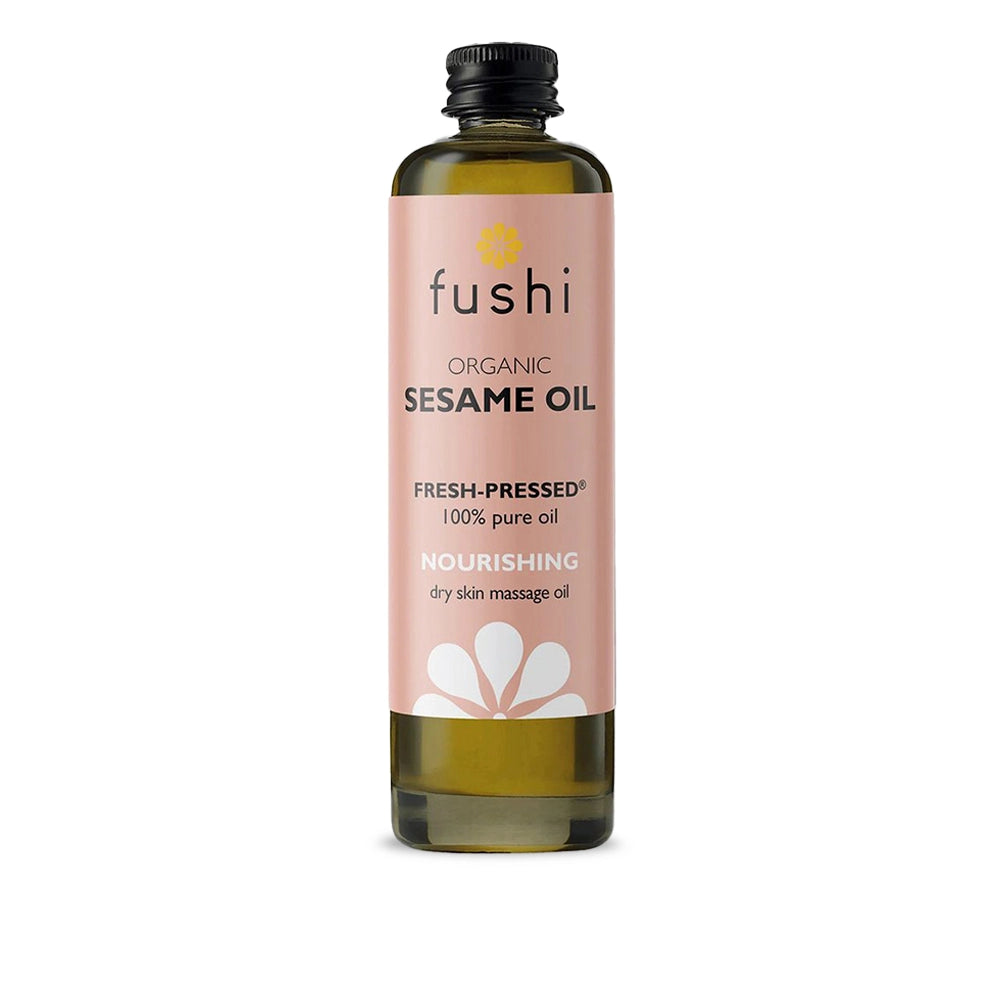
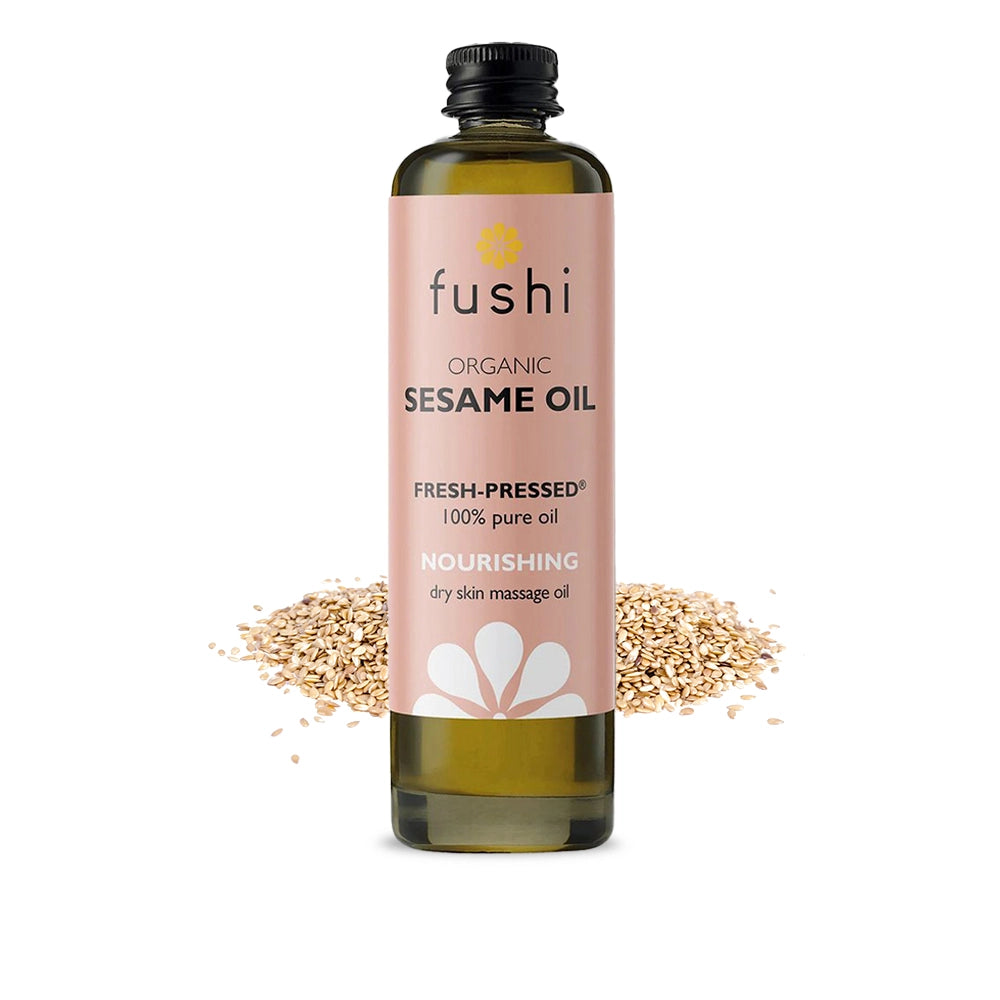
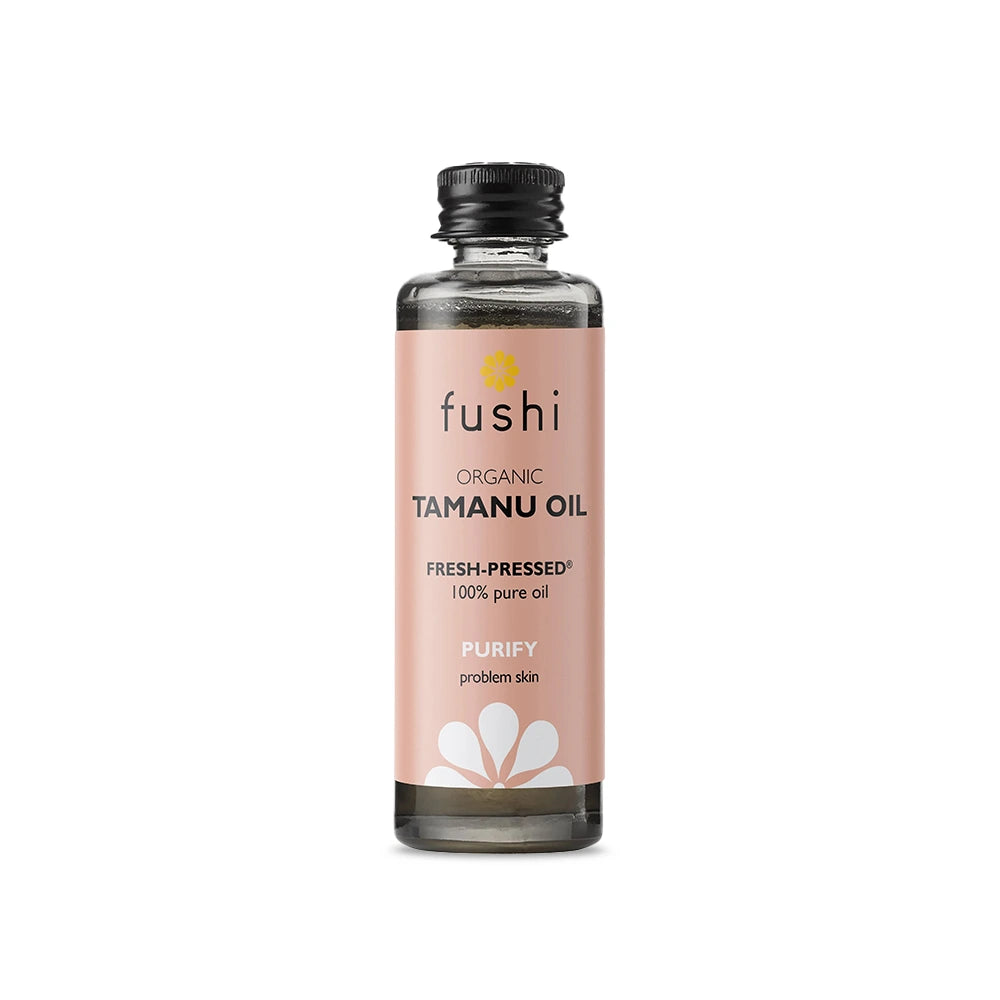
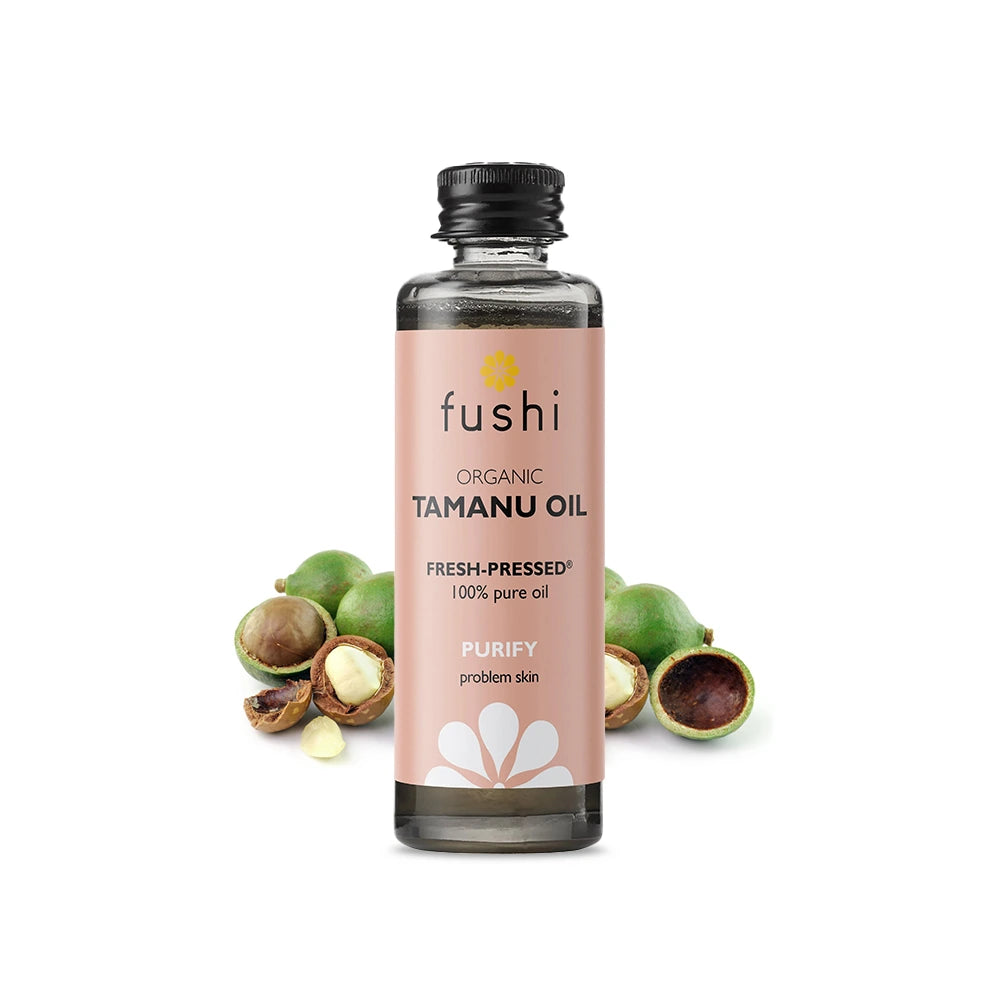
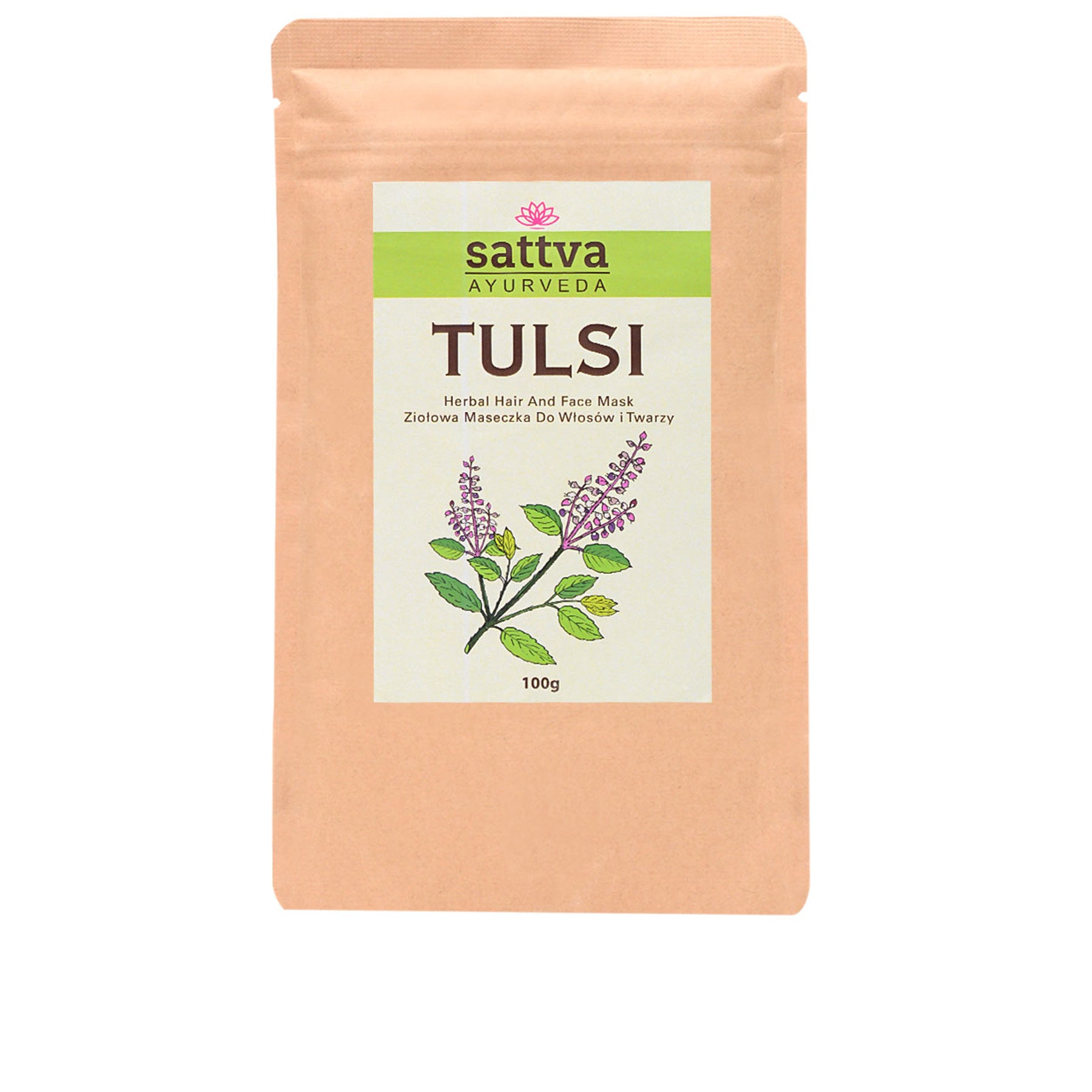
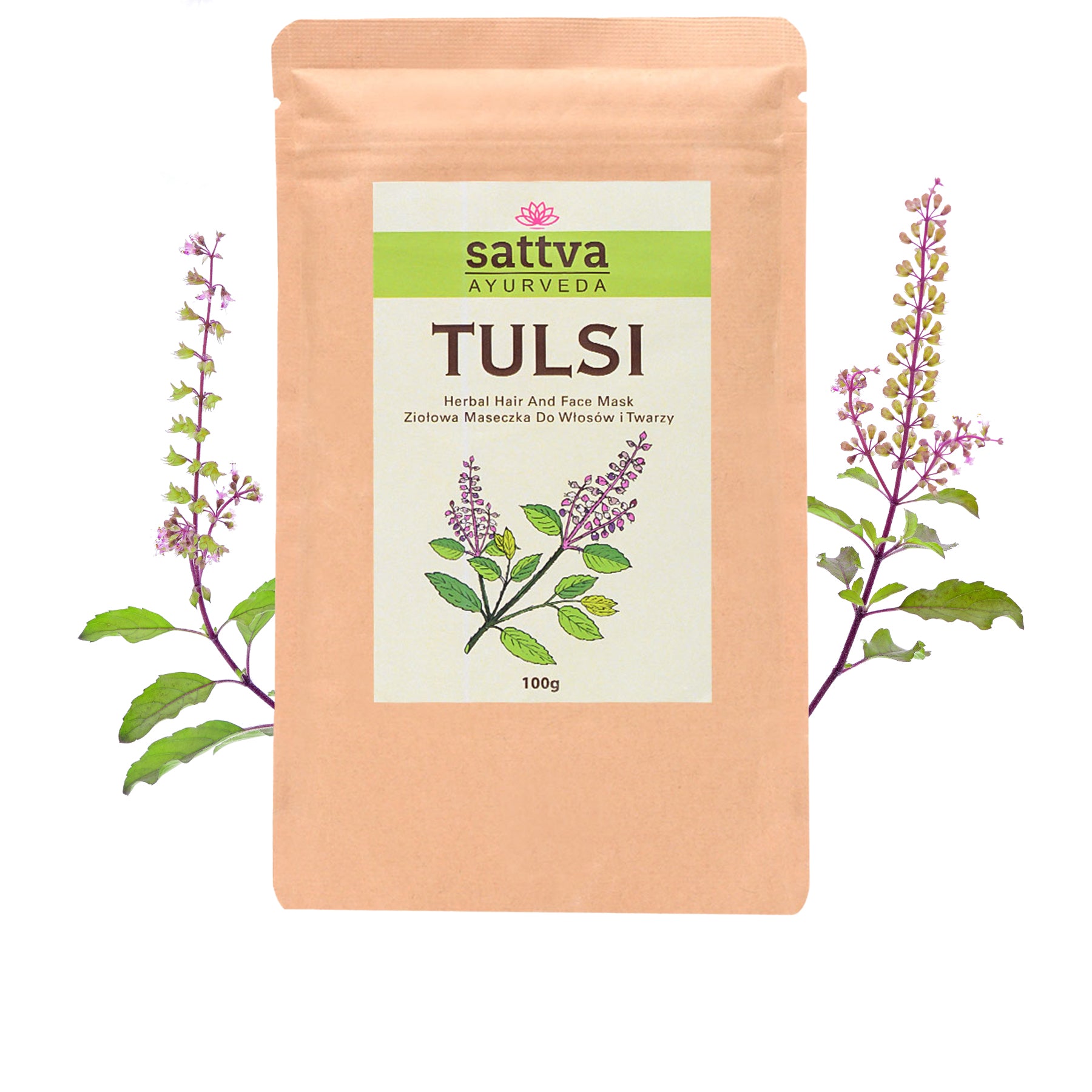
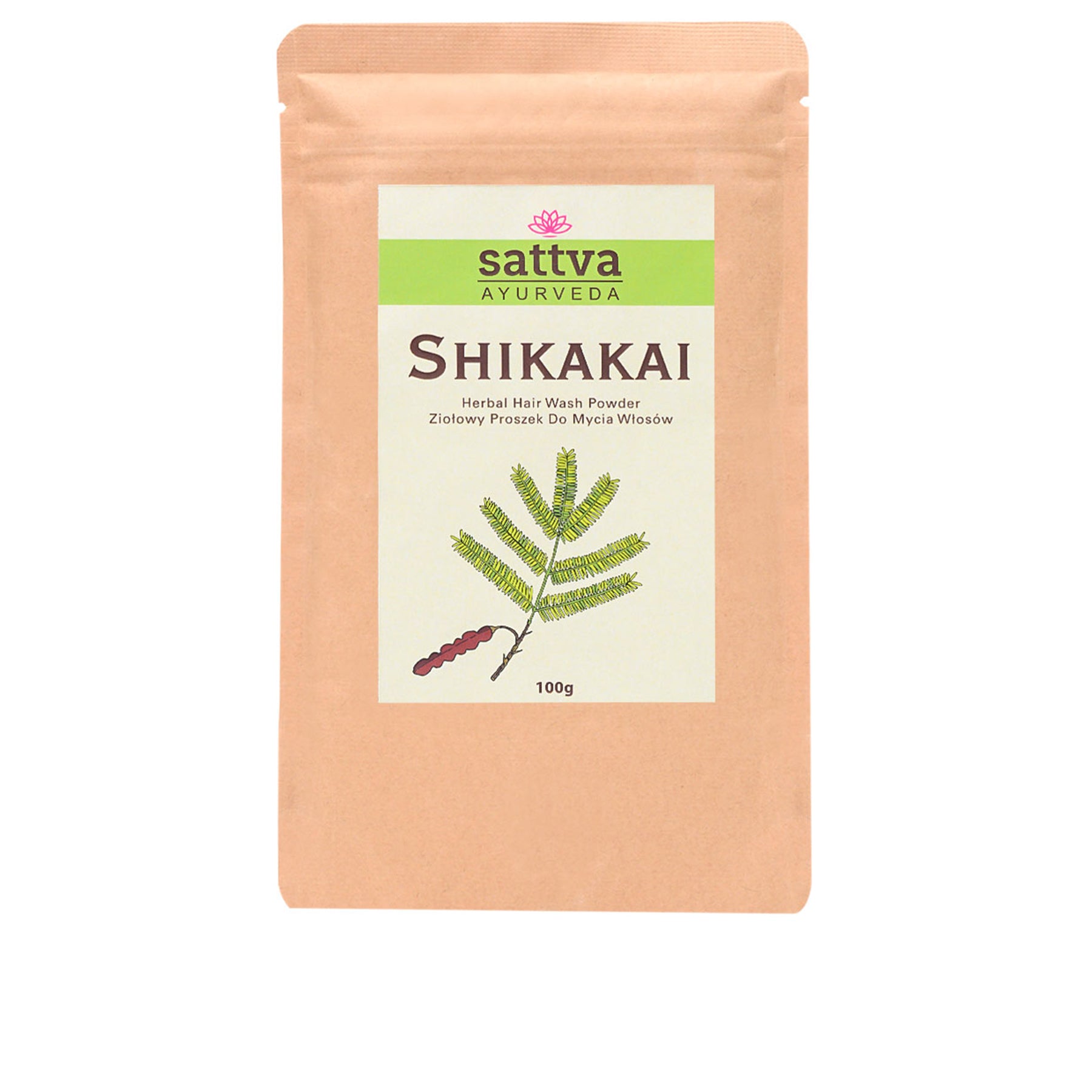
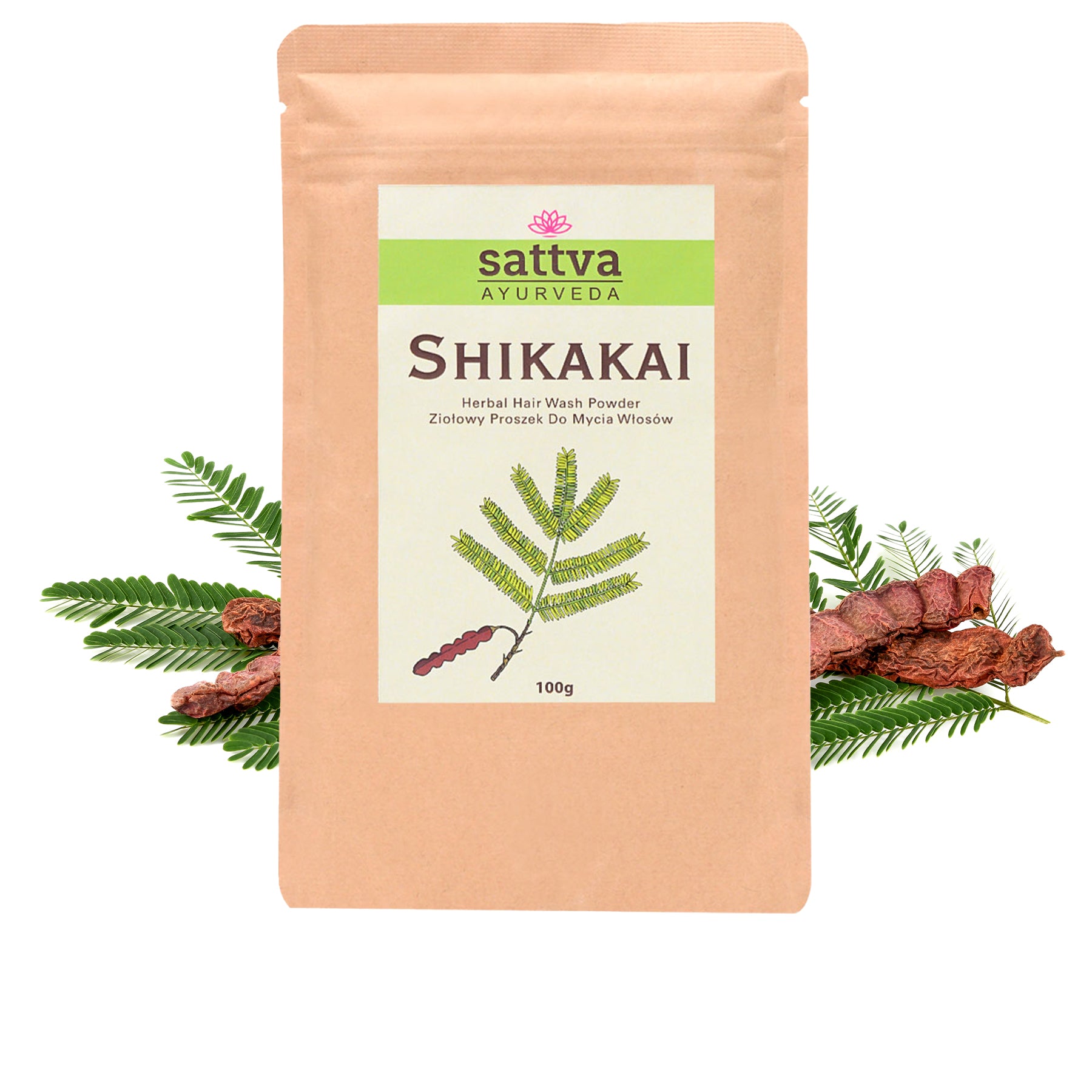
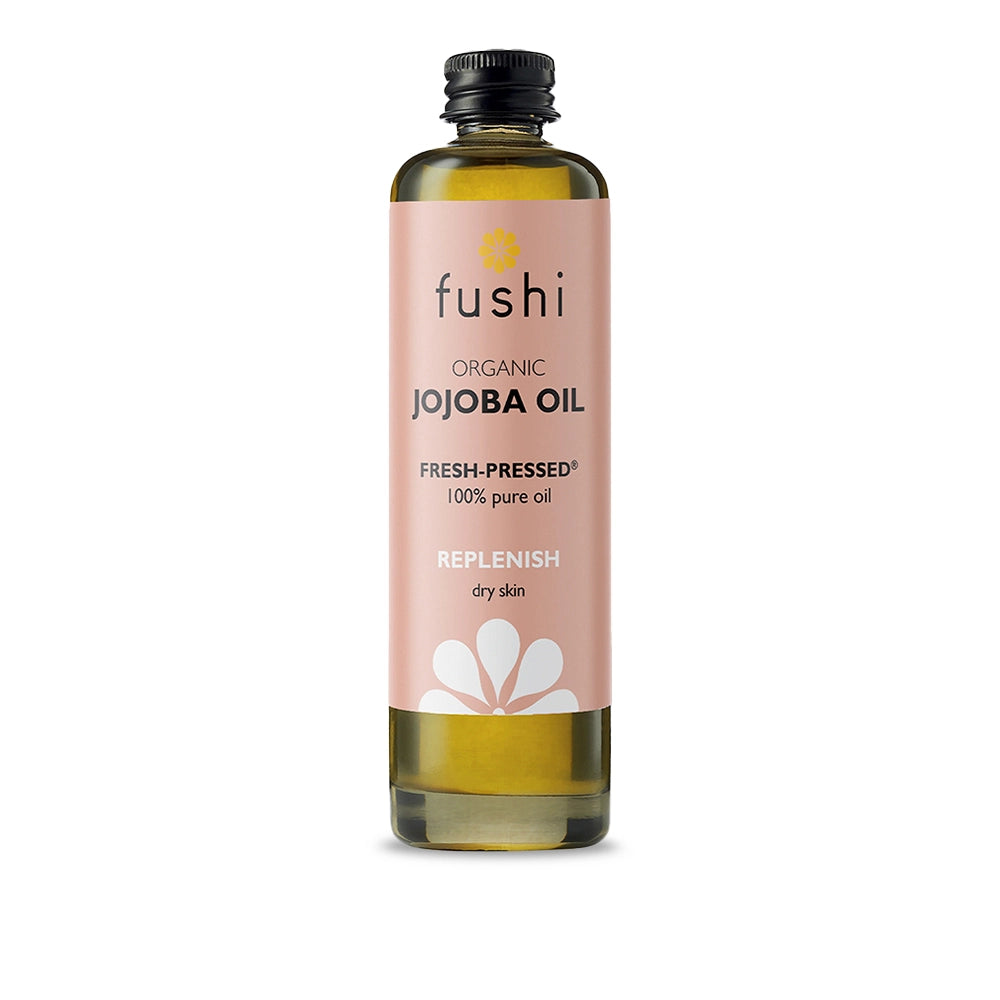
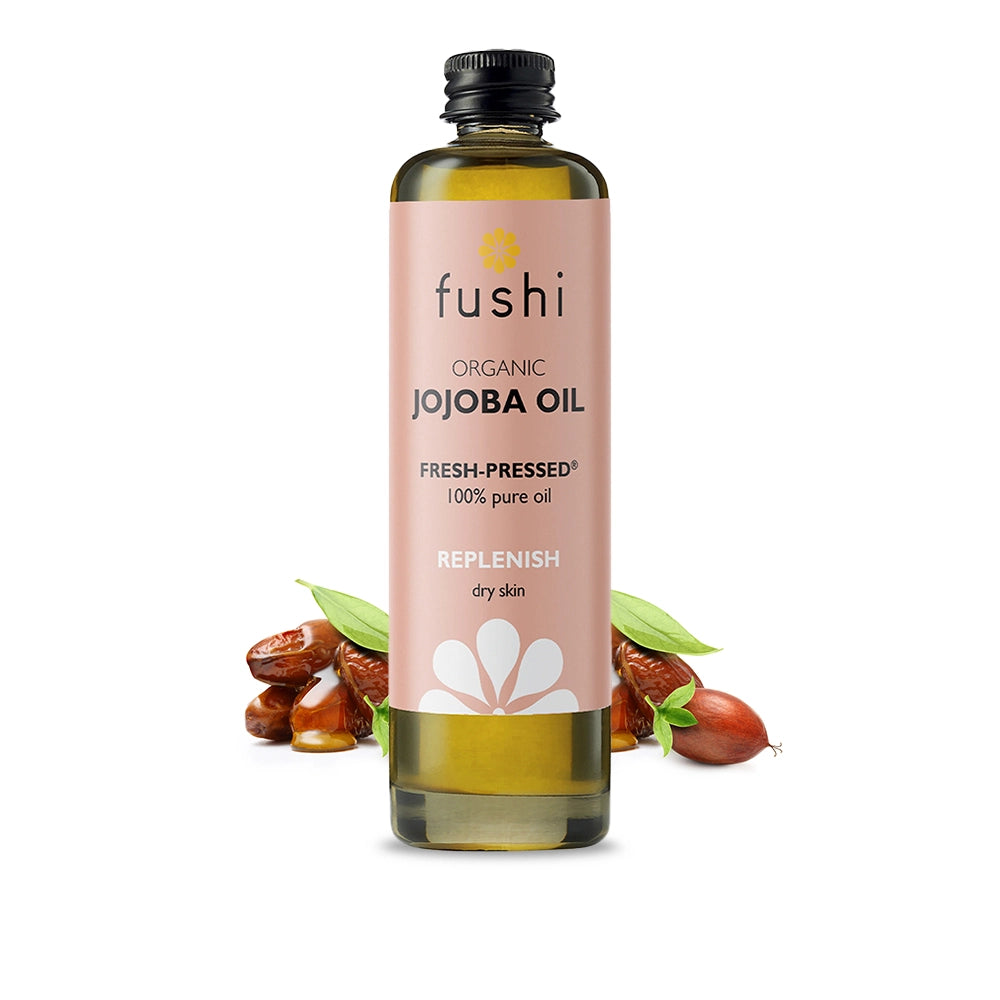
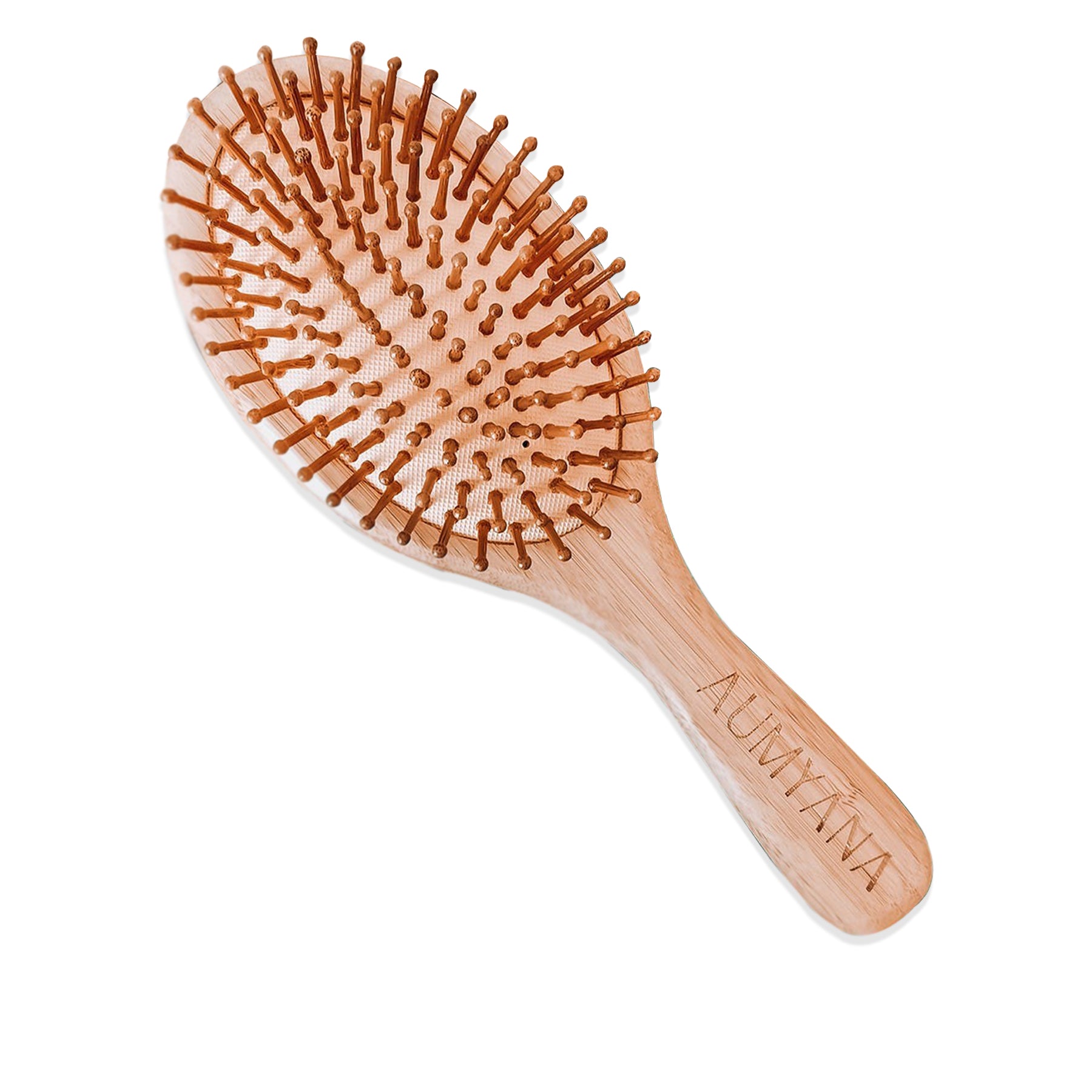
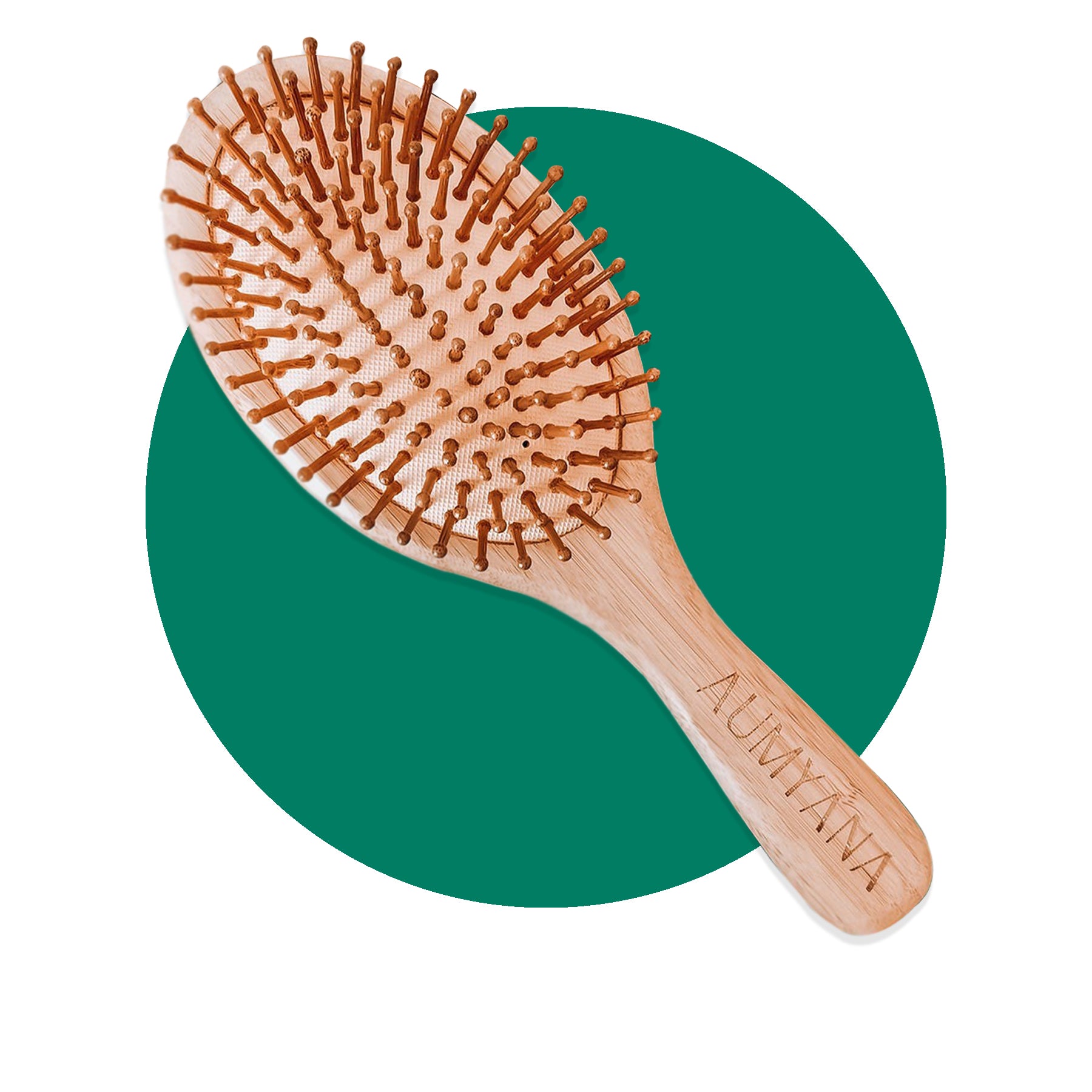
1 comment
Adorei da informação sobre o tipo de cabelho e os doshas.Gostei dos tips para o cuidado do cabelho
Obrigada
Tania
Leave a comment
This site is protected by hCaptcha and the hCaptcha Privacy Policy and Terms of Service apply.